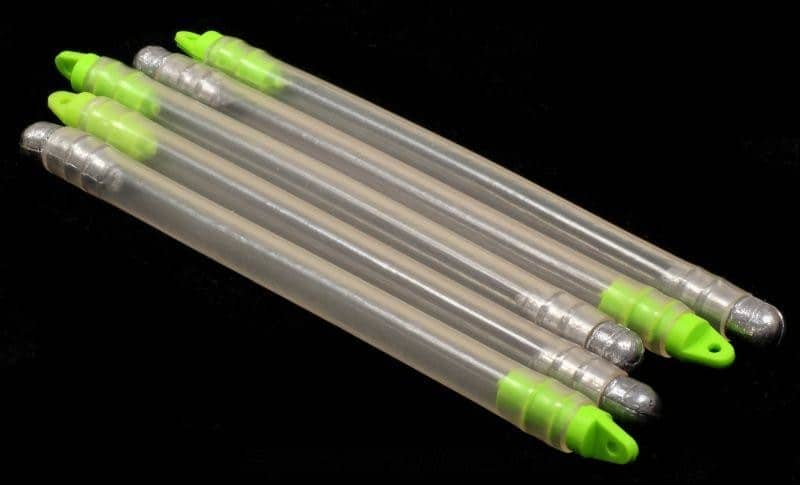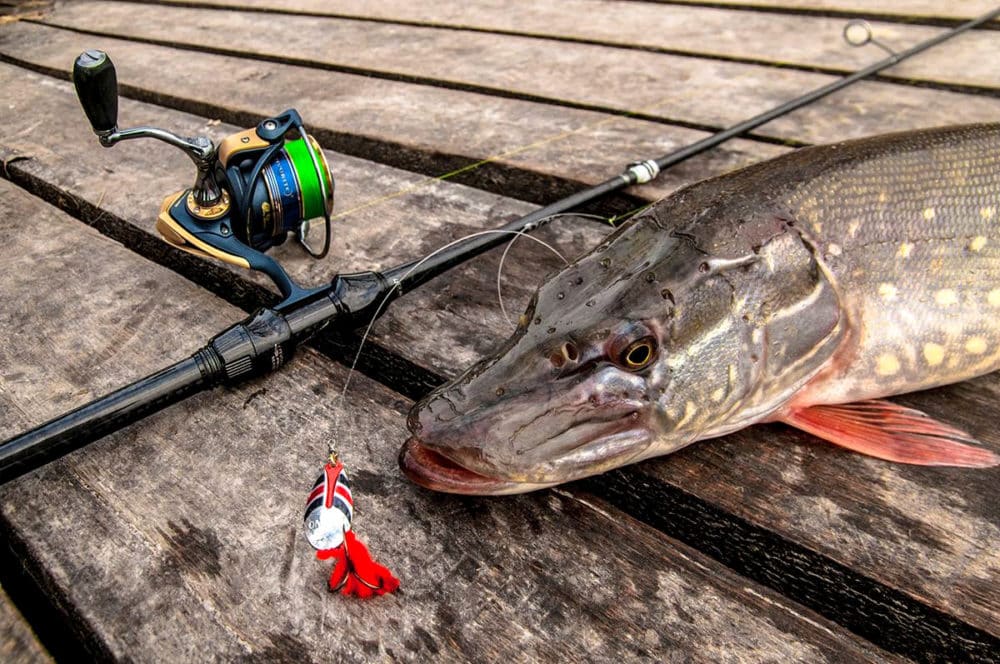Tyrolean stick (aka Tyrolean) is an unusual “floating” weight and the method of the same name for a spinning rig. Tyrolka is used for catching predatory and semi-predatory fish with wobblers, spinners, jig lures. Also Tyrolean stick is used for fishing with streamers, silicone imitations of aquatic insects and flies of grayling, trout, minnow, chub, ide, bream and other fish – as an alternative to fly fishing. Do not spit at us fishermen-“world”, who also use such equipment for peaceful fish with the use of live bait – a worm, maggot, grasshopper. But today we will concentrate on catching predatory fish.
It was for fishing for trout and grayling on fast mountain rivers that this installation was used for the first time, in the city of the same name Tyrol.
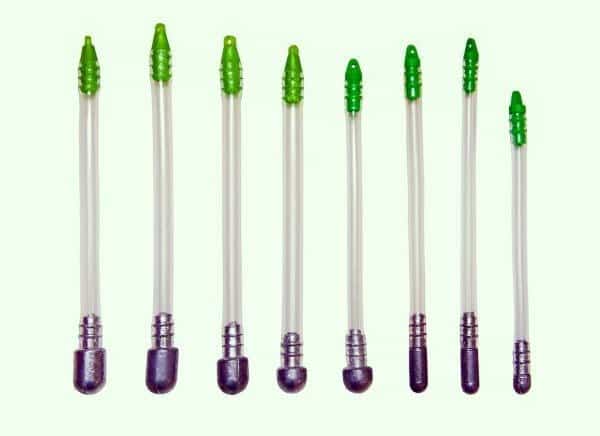
- Tyrolka, or a fishing lifesaver
- Making and equipping a Tyrolean stick with your own hands: what is needed to make a Tyrolean stick, features and types of installation schematically
- Installation of equipment with a purchased ready-made sinker
- First approach – tackle-lead-lead with bait
- Approach two: tackle-bait with a lead-sinker
- How to make a Tyrolean stick yourself?
- About tyrolka baits
- How to fish with Tyrolean sticks – how to catch grayling and other predatory and peaceful fish
- How to collect the tackle
- Поделиться ссылкой:
Tyrolka, or a fishing lifesaver
Mood like a Tyrolean stick in the classic form is a non-hook weight made in the form of a flexible hollow polymer tube with a diameter of 5 to 12 mm (less often more) with a hermetically inserted weight on one end and a sealed plastic plug with a fastening ring / swivel on the other.
Mood – the working part of the rig, like a Tyrolean stick.
This type of weight does not have clear parameters; there is a wide variety of tyrols, which differ in size, weight, shape, and types of weight.
Ideally, it is assumed that the air chamber formed within the cylinder will provide positive buoyancy and will keep the load upright at the bottom. But in practice this is not always the case. Due to the fact that this factor is influenced by many factors – the quality of workmanship, the selected bait, the strength of the current, the depth of fishing, the inept actions of the angler.
It is clear that this vertical positioning of the weight gives the angler two main bonuses. Firstly, this factor provides less snagging of the rig, this is especially noticeable among rocky ridges, shells, small branches. Tyrolka makes it possible to qualitatively process the necessary water area, be it driftwood, silt, stones, fallen leaves or loose sand. It has an excellent permeability between stones and snags, practically without getting stuck in them and easily pulled out, if it does happen, due to its flexibility and softness. In this case, if the hook is still “dead”, only the stick itself is lost (often only the weight jumps out), while the bait, going at some distance from the bottom, remains intact. Secondly, it is with the use of tyrolka,you can cast far and qualitatively / interestingly animate various spinning and fly fishing lures from the smallest flies, streamers, silicone worms, nymphs and others, to rather massive jig lures, floating wobblers and wobblers – suspenders. While keeping the bait in the bottom horizon, or a little higher throughout the drive. With all this, the angler himself can set the distance of the bait from the bottom by changing the length of the leash with the bait.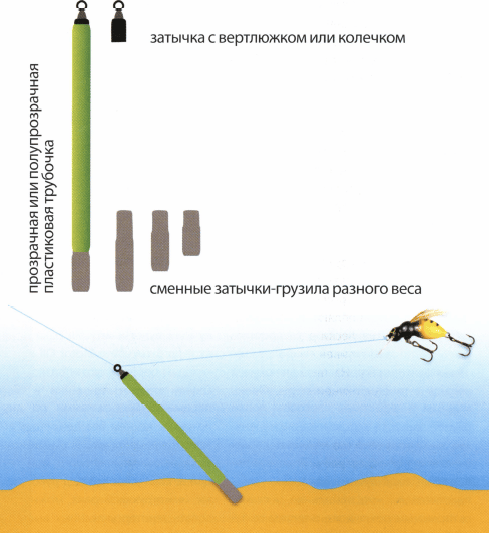
Making and equipping a Tyrolean stick with your own hands: what is needed to make a Tyrolean stick, features and types of installation schematically
Installation of equipment with a purchased ready-made sinker
To equip mounting with a Tyrolean stick you will need:
- Actually, the cargo itself . If possible, you can purchase tyrols of various sizes, or several with replaceable plug-in sinkers, which is cheaper and more practical.

- Triple swivel or anti-twist . For hitching all parts of the rig.
- Crown rings , as part of the assembly.
- Lures – jigs, flies, nymphs, silicone baits, etc., depending on the object of fishing.
- Spinning tackle .
There are two ways of mounting the Tyrolean stick, the first in which the load on the sliding or blind hitch goes in front, and the bait behind and the second, in which the tyrolka goes behind the bait on the blind hitch.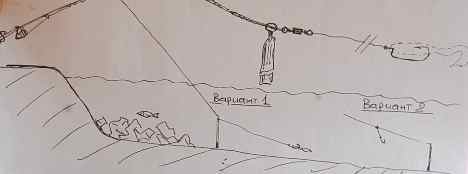
First approach – tackle-lead-lead with bait
The first case of mounting a Tyrolean stick can be called classic and it is used more often, in particular, it is more suitable for fishing at the very bottom of a predatory fish standing there – pike perch, pike, perch. With a sufficient leash length and proper pauses, jig baits (silicone worms, nymphs, slugs, imitation insects), or a slowly sinking wobbler, gradually crumbling and tempting fish, fall to the bottom.
The first case (the load is higher than the bait) resembles the installation of a
diverter leash , but with a Tyrolean stick in the form of a load:
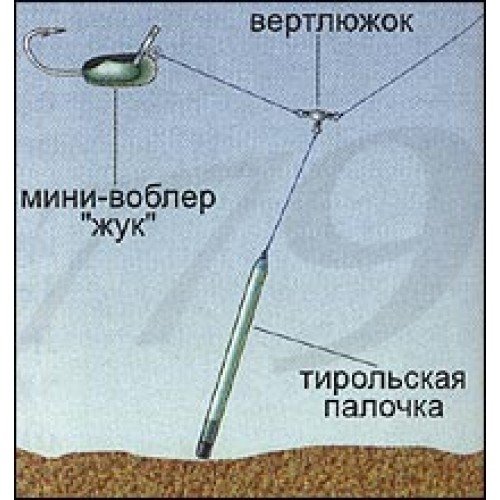

Important! We knit all the nodes in the installation wet. Otherwise, you can burn fluor or monofilament if the knots are tightened too tightly.
Approach two: tackle-bait with a lead-sinker
The second case of mounting a Tyrolean stick, when the load is lower than the bait , is more often used when fishing for flies and streamers of perch and peaceful fish on flat rivers, as well as grayling, minnow, trout on fast mountain rivers with a strong current, when it is necessary for flies to constantly dangle with the current in the water column at the very bottom. In this case, when casting against the current, the load always follows the lures, which are always slightly higher or much higher than the bottom.
The distance above the bottom is selected based on the need and varies by the angler himself using the size of the tyrolka, the distance of the load from the leashes with flies and the casting distance.
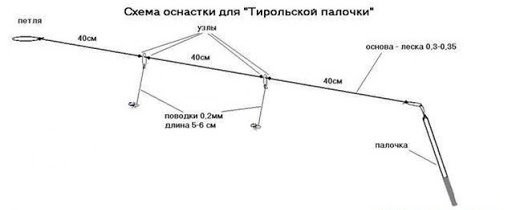
Another advantage of such a rig is that it is much less confusing than the first option. Of the minuses, it is worth noting that the baits do not have complete freedom of movement, therefore the area of application and the features of the animation are different.
How to make a Tyrolean stick yourself?
Tyrolki can not always be found in stores, especially in the outback. And if they are there, then in an insufficient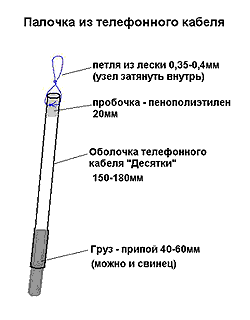
BUT! There is also the opposite opinion… So, many experts argue that in clear weather and in clear water, a silvery column of water in a transparent tube can alert a fish. And in such situations, it is better to use a matte dark tyrol weight. But this statement needs to be verified empirically on a pond. As a load, you can use pellets / buckshot, solder, cast weights, sheet lead of a suitable diameter, as well as special sticks – nails for loading silicone worms.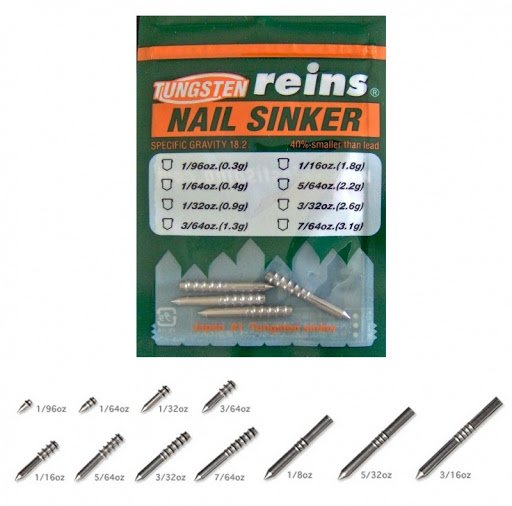
It is important that the buoyancy of the tube is sufficient to keep the tyrolka upright. That is, the tube should not be very narrow, perhaps ideally at least 8 mm in diameter, so as not to make it very long.
The tube is cut to the required length with a small margin. Length 15-20 cm. A weight is inserted tightly into the tube and sits on the glue according to the type of moment. You can also melt the end of the tube with a lighter – this method with heat shrink tubes is especially good – we recommend!
Super glue 505, 707, etc. will not work! They eat away at plastic!
On the other side, a floating material plug is inserted, also on the glue. Use a thin needle to make a hole in the cork, where the winding ring or clasp is inserted.
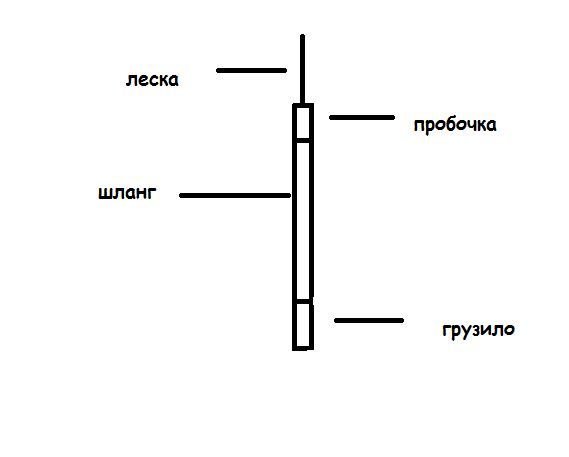
About tyrolka baits
Depending on the method of tyrolka attachment, fishing conditions and the intended object of fishing, wobblers of positive buoyancy and suspenders can be used, silicone baits, ordinary and with positive buoyancy (imitation of worms, insects, insect larvae, fish), small and medium lures, spoons and spinners. To catch grayling, trout and other “fly fish” with Tyrolean sticks, anglers use flies, streamers, and their combinations.
How to fish with Tyrolean sticks – how to catch grayling and other predatory and peaceful fish
As noted, there are two options for mounting the tyrol. The first, with a leading sinker, is more often used when fishing for predatory and semi-predatory fish with wobblers and silicone baits, but it can also be used for catching haris, trout, minnow and other inhabitants of fast rivers with flies, streamers and small silicones.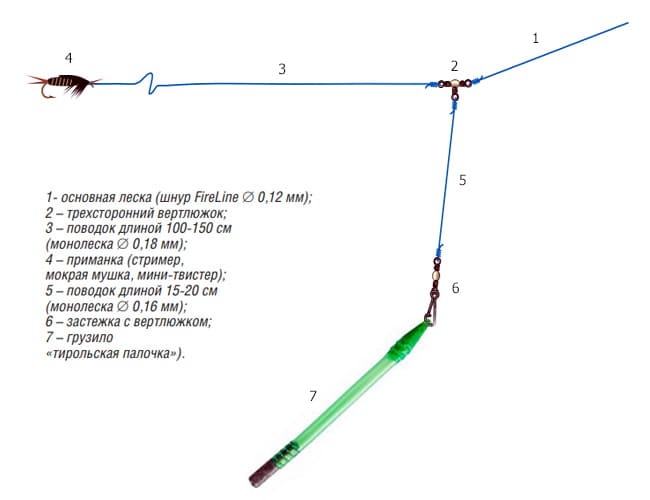

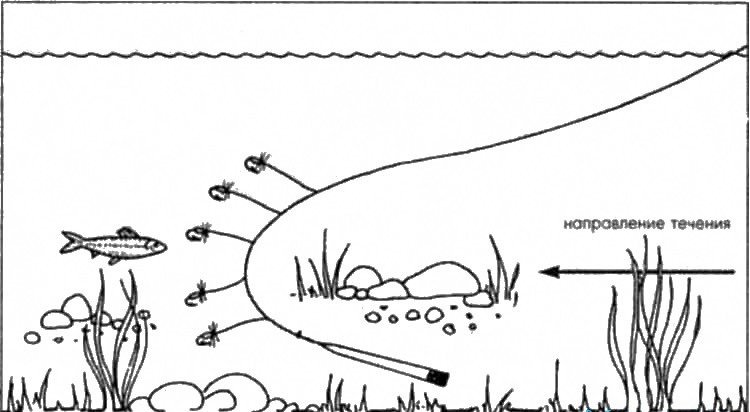
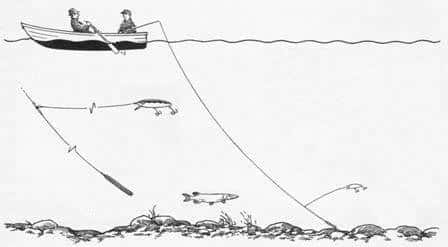
Important! When fishing for flies, streamers, nymphs, and regardless of the type of mounting used, the load should always go along the bottom, periodically touching it, this is a high-quality play of flies and streamers. The advantage of this approach is that the cargo creates a cloud of turbidity, and this is another factor attracting the predator.
How to collect the tackle
The blank for fishing with Tyrolean sticks should be sonorous, fast, rigid, clearly conveying all the movements of the load along the bottom to the fisherman’s hand. But the length of the rod depends on the length of the used leash with lures and often this factor becomes a hindrance for the angler with a short spinning rod. After all, the overhang of the line in this type of fishing is quite significant and a high-quality cast cannot be made with a short stick. Therefore, for targeted fishing with a Tyrolean stick, we can recommend a rod with a length of at least 2.7 meters. Ideally, 3+ meters. But this is in the event that at least several such fishing trips are planned, since spinning is not needed for other fishing methods of this length.
You can pick up a relatively inexpensive telescopic spinning rod that is sonorous enough to drive weights of 10-30 grams, so as not to spend unnecessarily on expensive sticks for one rig.
The spinning test is selected based on the weight of the expected sinkers with a certain margin along the upper limit. For small rivers and up to 20 grams is enough, and for large and reservoirs sometimes 60-70 grams will be needed. Reel with high quality line laying, with easy movement and no loosening of loops. According to Shimano 2500-3000 depending on the used braid diameter. The basis is either a braid with a diameter of 0.12-0.15 or a fluor 0.22-0.35. Fluor leashes 0.22-0.28. When fishing for large pike perch and pike, the whole tackle is taken as a whole more powerful. Tyrolka, with skillful use, expands the range of possibilities of the spinning player. When fishing with a Tyrolean stick, the most difficult thing is to bring all the unknowns into one clear orchestra, a clear march. Choose the weight, length and diameter of the tyrol, choose the thickness of the fluorocarbon / braid and the length of the leashes for specific conditions, so,so that the rig works accurately and exactly in the same direction as the spinning player and predator wish.
